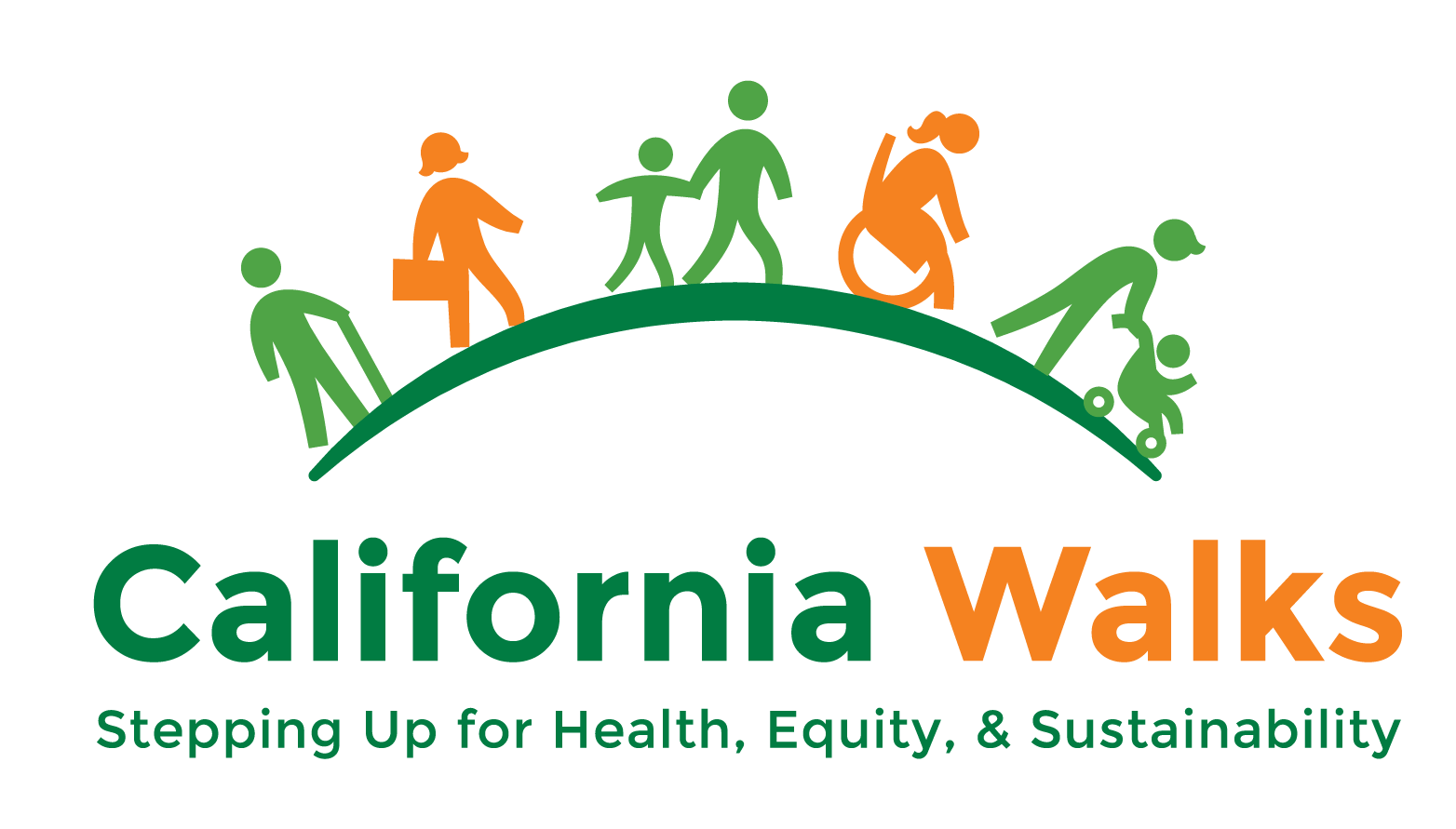California Walks & WALKSacramento denounce violent arrest of Nandi Cain, Jr., in Sacramento
This is a joint statement from California Walks and WALKSacramento.
Last Monday a uniformed Sacramento police officer violently arrested Nandi Cain, Jr., after stopping Mr. Cain for “crossing the street unlawfully near the intersection of Cypress Street and Grand Avenue in North Sacramento.”
Dashcam video of Nandi Cain, Jr., “jaywalking” from Systemic Failure
From the police dashcam video, it is clear that Mr. Cain was crossing lawfully at an unmarked crosswalk. According to the California Vehicle Code (CVC)—which comprises the state’s traffic laws—and Sacramento City Code, pedestrians are legally permitted to cross at marked and unmarked crosswalks, meaning all intersections unless otherwise prohibited.
Unfortunately, this incident highlights a greater issue in Del Paso Heights and across Sacramento’s underserved communities. According to the Sacramento Bee, the Del Paso Heights police district has been responsible for more than two-thirds of jaywalking citations issued, with half going to African-Americans who only make up 15% of the city’s population. According to a statement by Black Lives Matter Sacramento, this is an all-too-familiar reality for people of color, especially African-Americans, in Sacramento’s communities.
Through the city’s Vision Zero process to eliminate roadway fatalities, we know that in Sacramento, 60% of fatalities occur on roads marked 40 mph and above. Nearly one-half of fatalities occur in underserved communities, although they only account for one-fourth of total roadway miles. Thus, people of color are not only more likely to be cited for crossing unsafely, but they are also at a disproportionately higher risk of being killed while walking or biking in their neighborhoods. Taken together, these facts make walking a far more dangerous activity in the communities where people rely most often on walking for transportation. Though we absolutely must reform the way we police the most vulnerable users of our roads, it is imperative that our streets are redesigned now to eliminate these fatalities and the need to cross high-speed arterials unsafely—like Arden Way, El Camino Avenue, Norwood Avenue, and Rio Linda Boulevard.
We invite the City of Sacramento, including the City Council, the Police Department, and the Public Works Department to work with our respective organizations and with affected communities to ensure that civil servants and civic leaders truly understand the challenges faced by people—particularly people of color, immigrants, low-income people, and people with limited English proficiency—simply trying to get around their neighborhoods. The city’s Vision Zero process affords us an opportunity to take immediate and collective action to stem and reverse the disproportionate risk of death and serious injuries from traffic violence in communities of color and in low-income communities that are too often targeted by biased and punitive enforcement. We must act now.


